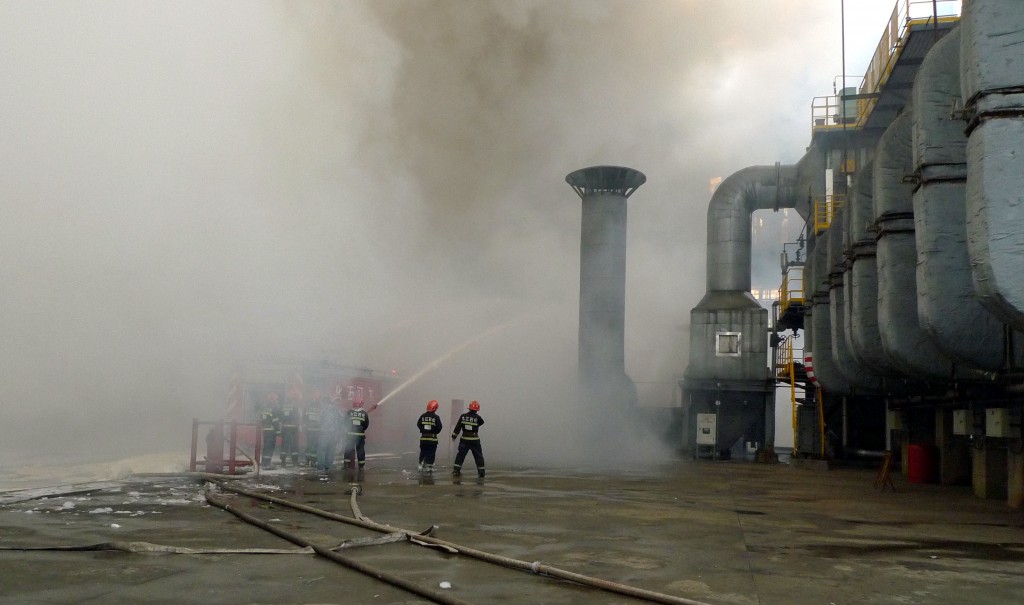A fire at the Motiva refinery – the largest in the US – took more than half its capacity offline for at least two weeks. “The fires come on top of a nagging vibration problem with a key pipe in the plant’s biggest crude distillation unit, or CDU, that is expected to keep it running… Keep reading →
Motiva
Sign up and get Breaking Energy news in your inbox.
We will never sell or share your information without your consent. See our privacy policy.
The world’s most influential oil producer, Saudi Arabia, reduced its oil production towards the end of 2012, causing many to conclude the Kingdom sought to reinforce global oil prices, but the Internal Energy Agency has a different take.
Saudi Arabia had been pumping oil at 30-year highs for most of 2012, but cut back supplies by just below 300,000 barrels per day in December to 9.36 million b/d, the IEA said in its most recent Monthly Oil Market Report. Keep reading →

It is an urban myth that if the oil industry drilled more, gasoline prices would decrease. The myth relies on the premise that as more oil supplies are introduced, market forces would take over and domestic prices would fall. But it turns out that increasing domestic production has virtually no effect on gasoline prices.
The US already increased production. According to the Energy Information Administration (EIA), US oil production reached 310,403,000 barrels per month in October 1970 that became the historic peak. Ever since that time, production changed course and it has been in a steady decline. By 2005, production sank more than 50 percent to approximately 150,000,000 barrels per month. The bottom was reached in September 2008 when production sank to 119,477,000 barrels per month. Since then, for the first time since the 1980’s, monthly production changed direction and it has been trending upward. Last July, the US touched a new record of 196,405,000 barrels per month, a production level the US has not witnessed for over a decade. Keep reading →

